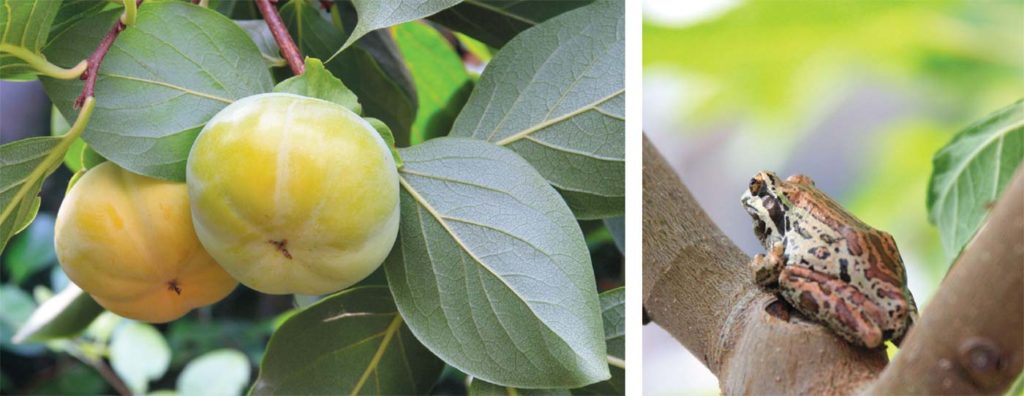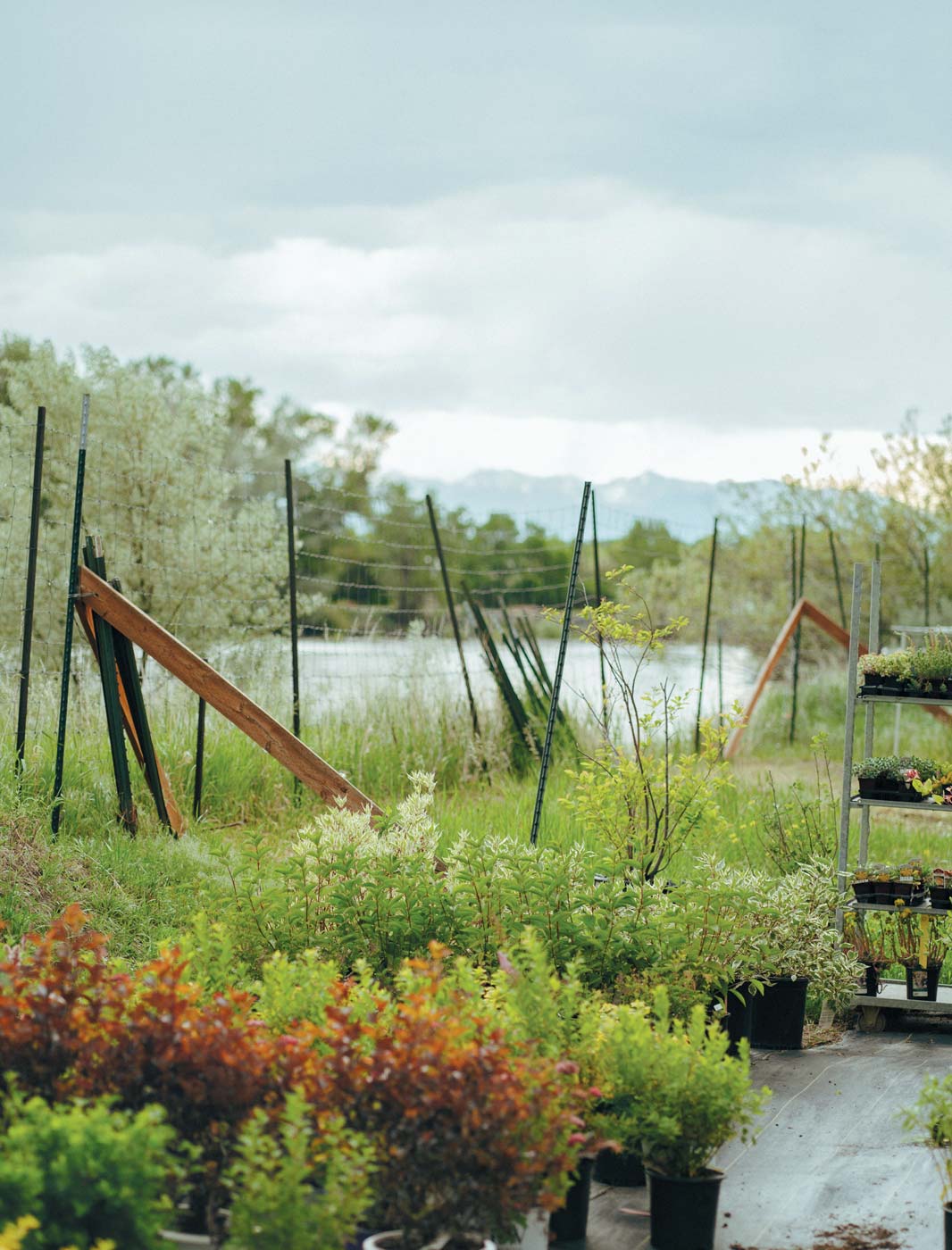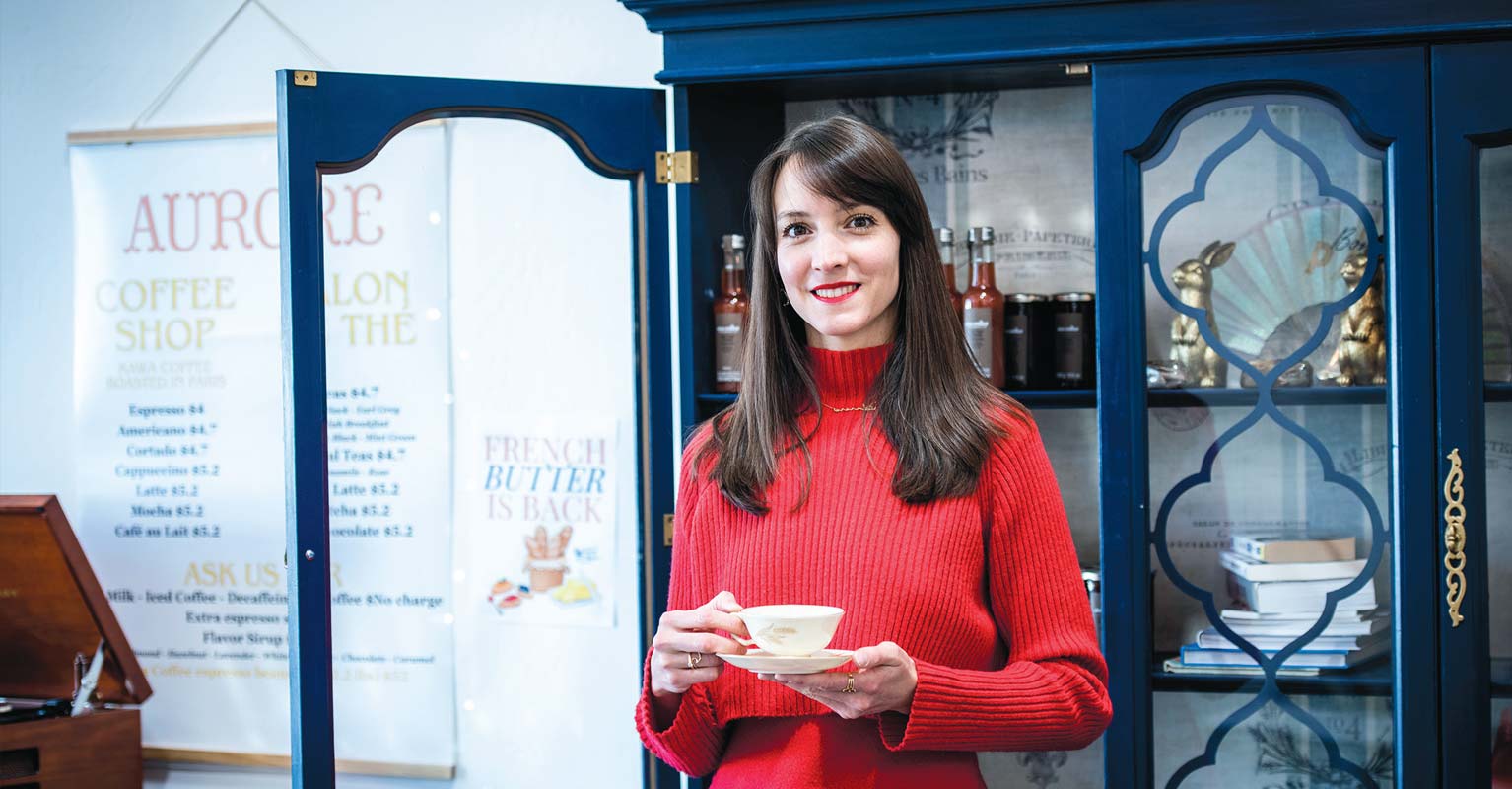What ’s Possible
Hidden behind a garden of conifers in a little Montana town sits a small jewel: A garden grows within a sunken greenhouse. Enclosed and protected from our erratic Zone 4 Montana climate, the garden and all its botanical and animal populations thrive in a Zone 8 environment. Created, designed, and carefully tended to by John Hemighaus for over 40 years, it’s a delight to all the senses and a kind of wonder in these fast-paced times. It’s completely made by hand, a product of persistence and time.
Hemighaus, 73, whose home shares the same property in Three Forks, calls the greenhouse a living work of art, a space of intensified nature that is a complete, functioning system. The garden, he says, provides numerous health benefits for humans, but he says it also has lessons to teach us—lessons of nurture, nature, and the value of hard work.
It’s a small space, 60 by 24 feet, but it is filled to the brim with dozens of trees, shrubs, annuals, and perennials. The plants are mostly non-native and otherwise ungrowable in Montana but with Hemighaus’s thoughtful selection of a wide variety of plant species, he has created a bio-diverse environment that mimics native ecosystems. There is a pear, apricot, peach, dwarf peach, persimmon, grape, two kinds of kumquat, sweet cherry, blueberry, fig, and three types of guava.
“It was an experiment to see what could be done,” Hemighaus says. “My question was, ‘How much could one family grow for itself? What’s possible?’.”
In the beginning, he had to experiment quite a bit. Hemighaus studied soil and plant biology, read journals, pored over articles and books.
“I changed the pitch of the roof three times,” he says. Over several years—with trial and error, a lot of problem solving, and hard work—the greenhouse developed into a stable, finished state. In its final form the garden is contained by concrete walls with the sunken area dug down six feet. The upper wooden supports are covered with greenhouse-grade plastic. A thermal gradient provides natural ventilation and the inground radiant heat from gravel and soil plus solar heat retention from the pitch of the roof create the Zone 8 environment.
Pacific tree frogs were added later to eat unwanted insects and they happily live in one of the three ponds. Th ere are no synthetic nutrients, herbicides, or pesticides and approximately half the fruit is put back into the soil to fertilize the plants. Th e soils are rich and always covered with some form of composting debris. Collected rainwater is used to water the garden, which maintains the correct soil pH and levels of microorganisms.
Year after year, the garden goes through its life cycles, brilliantly changing form and color. It is two months ahead of Montana’s spring season and in late February the frogs begin loudly croaking as if awakening the garden. Shortly after, stunning color erupts from the blooming fruit trees and bulbs. Sweet fragrance saturates the air. In summer, the space explodes with lush greenery. June through December, healthy, delicious fruit develops and ripens, which Hemighaus gladly shares with friends and neighbors. He says fruit produced in his conservatory has striking fl avor and a strong nutrient profi le due to the health of the soil.
“In this space, you can see and feel what nature does for you. It mirrors what our native, natural ecosystems do: They feed us .” —John Hemighaus

With his enthusiasm and insatiable desire to teach, Hemighaus has given many tours. He has also taught and encouraged teens, mentored students young and old, invited in garden clubs and local school groups, and interned college students.
Beyond serving as a kind of nature or science center, where people can observe and study horticulture, Hemighaus says his garden could be a prototype for larger centers of human health and well-being. Large enclosed gardens can promote relaxation and healing, and are increasingly being used in hospital recovery units.
“Gardens are sanctuaries,” Hemighaus says. “Th e plants purify and cleanse the air. Humidity and oxygen are high. Benefi cial fl oral essences fi ll the air. In this space, you can see and feel what nature does for you. It mirrors what our native, natural ecosystems do: Th ey feed us .”
Today, Hemighaus is retired from giving his long educational tours, though he is still around to answer questions or give an occasional walk-through. He says the garden is now in a natural level of balance, with all the parts in alignment.
“Beyond basic maintenance,” he says, “there is very little to correct. I thought it would collapse, but somewhere along the way, between what I was doing and what the plants did, it all came together. Th at’s the rarity—the treasure: to have a system that’s been developing for so long. It takes time for these systems, like our own natural world, to reach certain levels of function.
“People want this fast and easy,” he adds. “Th ey want the instant greenhouse, but it just doesn’t always work that way. You have to love it. It takes slowing down, observation engagement, and connection.”




